The Historical Context of Jesus and NT (Pre-Roman)
LESSON FOCUS
In this session we will learn:
- The historical sources that we can draw on for the study of the Gospels.
- It outlines the history of the ‘intertestamental period’ (i.e. the period between the OT and NT) until the Roman takeover of Palestine in 63 BC.

FROM THE PERSIAN PERIOD TO THE JEWISH WAR
SOURCES OF INFORMATION – How do we know about Jesus’ context? What sources of information have we? What we have is the Old and New Testaments, Jewish Sources, Greek and Roman Histories.
Old and New Testaments
The Old and New Testaments are hugely informative – the NT directly since it comprises writings of the earliest Christian movement, and the OT indirectly, since it was the basis of the Jews’ understanding of themselves, their history and their religion.
Jewish Sources
There is a large body of Jewish literature deriving from the so-called ‘Second Temple’ period (approximately 538 BC to AD 70. Solomon’s temple was the first, the ‘second’ was that built in the period of Ezra and Nehemiah, as described in the OT, and then restored by Herod the Great). Historically, most important are:
a. The books of Maccabees These four books were written over a period of years (from about 100 BC onwards) by a number of different authors, and describe the period when the ‘Maccabees’ were and describes, from a very pro-Jewish, pro-Maccabean viewpoint, the catastrophic events that took place in and after 167 BC (notably the setting up of the ‘abomination of desolation’) and the heroic Jewish response to these events. (Read the history section below)
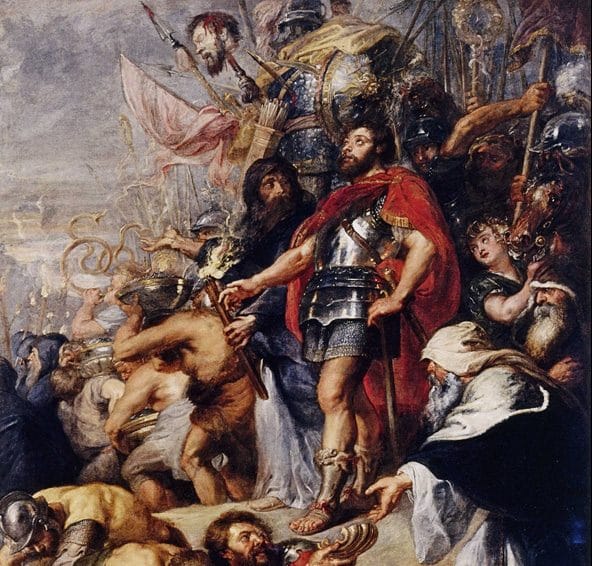
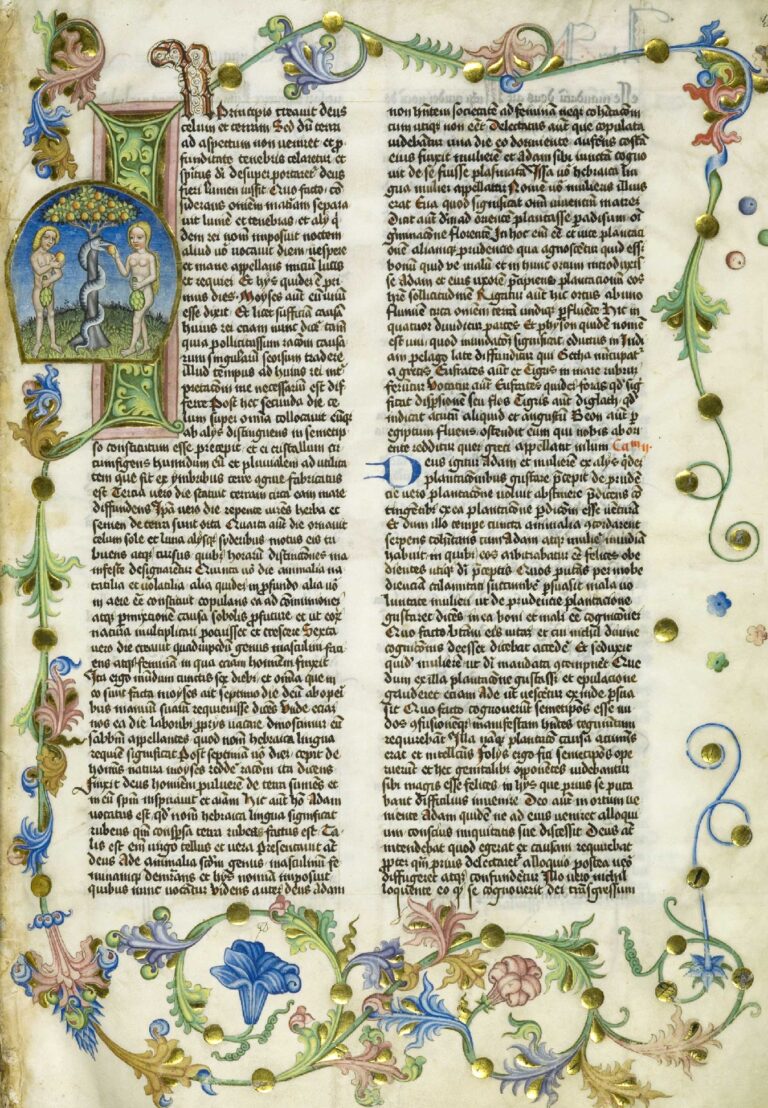
b. The writings of Josephus Josephus, who lived from AD 37 to about AD 100, is easily our most important source of information about the times of Jesus. He was a well-educated Jew who lived in Palestine until the Jewish War of AD 66-70. In the war he was a commander on the Jewish side, but then went over to the Romans, and thereafter lived in Rome. Israel’s leading family, i.e. from 167 BC. The
He wrote various books, most notably a history of the Jewish War, and then also a history of the Jewish people, the Antiquities. Both are invaluable sources of information about Palestine in the NT period. Exactly what he said about Jesus himself is uncertain, since his writings were preserved for us by Christian scribes who seem to have ‘Christianized’ his account of Jesus. Josephus works provide enormous value to the NT period.
c. The Dead Sea Scrolls Probably the most famous archaeological discovery of the twentieth century was the finding of scrolls in caves by the Dead Sea in 1947. The story of their discovery by a shepherd boy looking for a lost sheep and throwing stones – which then fell into the caves. The scrolls were found in 11 caves, some well preserved, some very fragmentary; they include copies of OT books,

commentaries on OT books (called ‘pesharim’ by scholars, from a Hebrew word ‘pesher’ meaning interpretation), and other documents relating to the community whose library they were. These documents include books of hymns/psalms, instructions for the community’s life (e.g. on what to do if someone falls asleep in one of the community assemblies!), books on the future and on the hidden purposes of God. The books are not histories, but are still of considerable interest to the historian (a) because of some historical allusions, (b) because they emanate from a first century Palestinian Jewish group (most usually identified with the ‘Essenes’), and (c) because it is possible that the early Christian movement had something to do with this group – John the Baptist is sometimes thought to have been at Qumran.
d. Other Jewish sources Other Jewish sources that throw some light on the NT period include:
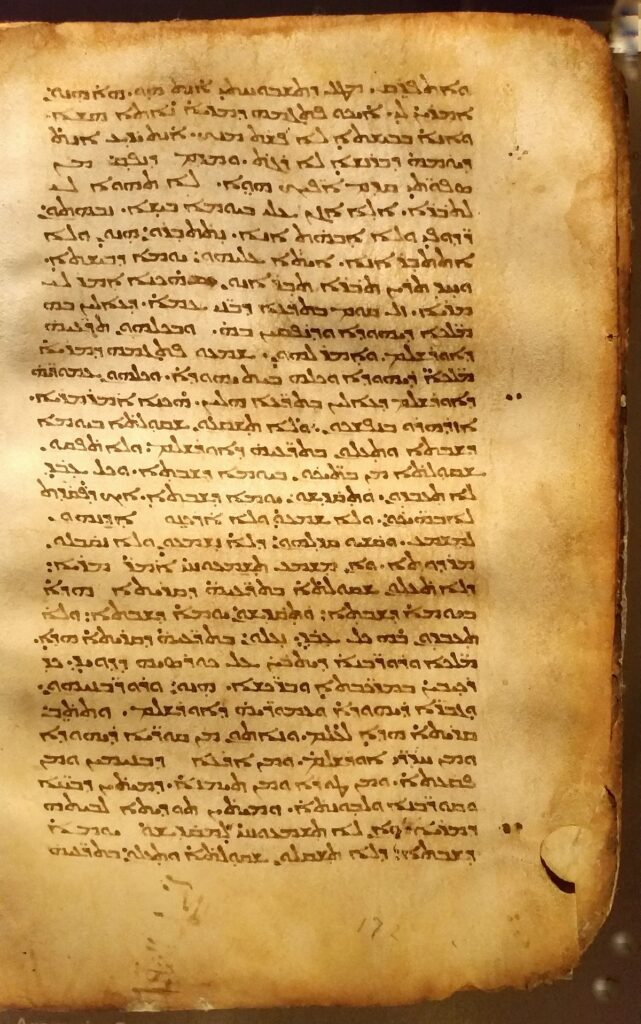
i. The Apocrypha – books not in the Hebrew Bible, but in the Greek translation of the OT,
the Septuagint (commonly referred to as the LXX) and in the Roman Catholic OT. In the Apocrypha are the books of Maccabees (see Lesson 1), and others such as Ecclesiasticus or the Wisdom of Ben Sira (written about 180 BC) and the Wisdom of Solomon (first century BC).
ii.The Pseudepigrapha – other writings such as 1 Enoch, some of them ascribed to sages of the past, including various ‘apocalyptic’ writings, containing heavenly visions of various sorts.
iii. The writings of the Jewish philosopher and politician Philo who came from Alexandria in Egypt and lived in the first century AD.
iv. The sayings of the Rabbis, recorded in the Mishnah (compiled about AD 200) and Talmud (about AD 400).
v. The Targums, being Aramaic translations and paraphrases of the OT, which were probably current orally in the NT period but which were written down much later

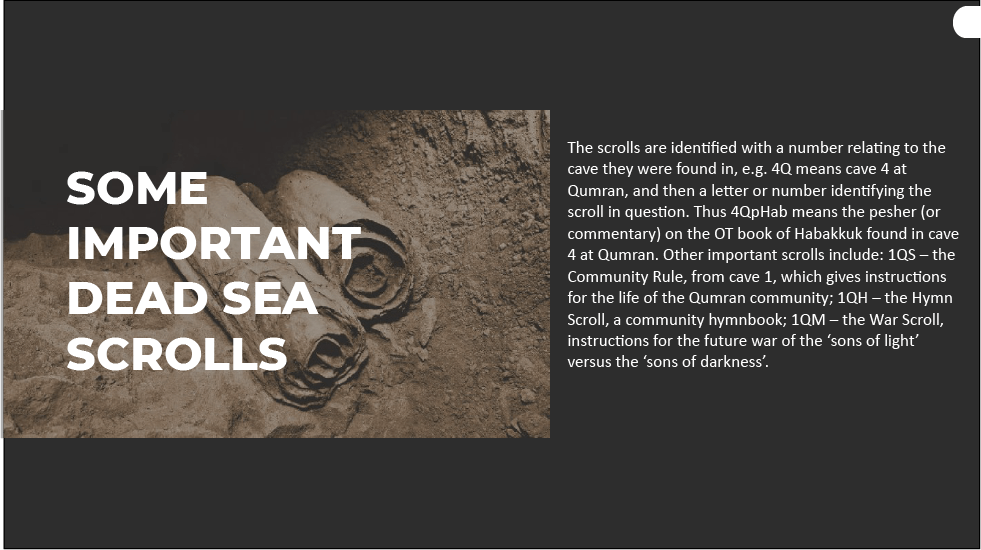
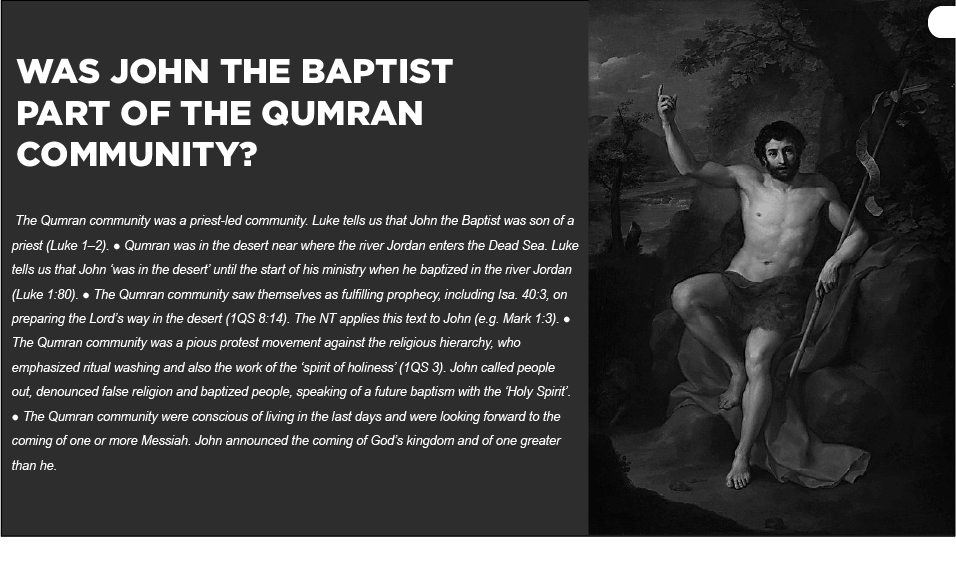
Greek and Roman Historians
Palestine at the time of Jesus was part of the Roman empire, and for centuries before had been directly or indirectly controlled by the big empires that dominated what we would call the Mediterranean and the Middle East. For this reason the writings of the Greek and Roman historians (notably Polybius c.200-120 BC, Diodorus c.90-30 BC, Tacitus c.AD 56- 120 and Suetonius c.AD 75-150) are important, even if they say little (or nothing) about the Christian movement itself. Tacitus refers to the Christian movement when he discusses the great fire of Rome in AD 64, which the Roman emperor Nero blamed on the Christians (Ann. XV.38-44). Suetonius has a reference to the Jewish community in Rome being expelled from the city by the emperor Claudius, because they had been ‘rioting at the instigation of Chrestus’ (Claudius 25.4); this is plausibly taken to refer to troubles within the Jewish community over the activities of enthusiastic followers of Jesus Christus in the capital city (watch the videos below).
Multimedia Insights
HISTORY BEFORE THE ROMANS
The Persians
The Return: The OT story ends in the Persian period, with the Jews returning from exile in Babylon (modern Iraq) to Palestine, their promised land. The return to their homeland (with all its historical and religious significance) was very important for the Jewish people. But it was far from being a straightforward return to former glory.
Relatively few did actually return. Many remained in Babylonia; others had dispersed to other countries such as Egypt. The rebuilding was slow and, when eventually the temple in Jerusalem was rebuilt it was a shadow of its former self. The wealth of Solomon was not available for the rebuilding, and there was opposition from other people in the area.
The Persian period is important not just because it brought Jews back to Palestine, but also because it was a time when the Jews were struggling to maintain their own religious and social identity in a context of political powerlessness and economic weakness. For the pious it was important to maintain the traditional law of Moses, to keep themselves pure (from people like the Samaritans) and to uphold the sanctity of the temple (from people like the Samaritans!). Not that everyone felt this way. The temptation was to give up and to assimilate into the surrounding culture, and there is evidence that a significant number of Jews went a long way in that direction. Thus the greater prominence of angels and demons in the NT by comparison with the OT may have something to do with Persian religious influence.
2. The Samaritans: Some of the local opposition came from people in the neighbouring region of Samaria, who seem to have been a mixture of nationalities and religions. Although they professed some sort of allegiance to the God of Israel, the Jews were suspicious of their motives and hostile towards their offers of collaboration. Jews regarded them as half-pagans at best. This might have led Samaritans to build their own temple on Mount Gerizim, probably sometime in the fourth century BC. Inevitably this alternative temple in the promised land infuriated the Jews, and, although a lot happened between these events and the NT period, this is one of the roots of the Jew-Samaritan tensions that are evident in the NT.
Multimedia Insights
The Greeks
Alexander the Great. Philip, king of Macedonia in northern Greece, formed a united kingdom of Greece. He was succeeded by his son Alexander in 336 BC, who had been educated in part by the famous philosopher Aristotle. He proceeded to conquer the known world in a brilliant campaign that took him across the Persian empire to Egypt in the south and India in the east. He created probably the largest empire the world had ever known within about ten years, only to die prematurely in 323 BC.
Although his empire did not last, his vision of spreading Greek culture was remarkably realized. He founded Greek cities, such as Alexandria in Egypt, and in the time of Jesus Greek was the international language of the day (rather like English is today). Ordinary people across the Roman empire, including in Palestine, could speak it. In the NT period there were synagogues where the worship was in Greek, and one of the early tensions in the Christian community was between Aramaic-speaking Christians and Greek-speakers. But Greek was generally a positive thing for the early Christians, facilitating mission across the Roman empire.
A power struggle followed Alexander’s death, and his huge empire was divided – Palestine was first ruled by the Ptolemies of Egypt. There was a lot of traffic between Palestine and Egypt, with many Jews settling there, so that the great city of Alexandria had a large Jewish minority. But then control of Palestine passed to the Seleucids, whose capital was in Syrian Antioch. The Ptolemies, like the Persians, had followed a rather lenient, hands-off approach towards the Jews, allowing them religious freedom and considerable autonomy. But this policy began to give way under the Seleucids.
THE MACCABEES VERSUS THE SELEUCID EMPIRE
Things came to a head with the Seleucid ruler, Antiochus 4, who ruled from 175 to 163 BC, and who took the name ‘Epiphanes’. The name means something like ‘manifestation’, and represented a claim to be a divine manifestation. He was motivated by enthusiasm for hellenizing the world (i.e. spreading Greek culture and religion), and by the need to raise funds. This led him to interfere in the religious affairs of the Jews, notably over the appointment of the high priest in Jerusalem. The high priesthood was the highest and most sacred position that a Jew could hold, and Antiochus twice intervened to put in men who would support him financially and support his Hellenizing.
His first appointment, Jason, built a gymnasium near the temple in Jerusalem, where Greek games could be held – something very alien to Jewish culture – and his second, Menelaus, was not even from the proper high priestly family. There was strong opposition, which eventually led to Antiochus attacking Jerusalem, killing many of his opponents and looting the temple. He went on to attempt forcibly to impose Hellenistic culture and religion on the city. He prohibited the observance of the Jewish law, including the circumcision of baby boys, and, most offensively of all, rededicated the temple to Olympian Zeus, erecting a pagan altar. This ‘desolating sacrilege’ remained in place from 167 until 164 BC.
Epiphanes’ attempts to annihilate Judaism failed. This is because of the heroic resistance of the people, led and inspired by one particular priestly family, the Hasmoneans. Mattathias refused to offer a pagan sacrifice in his village of Modein, and then called people to flee to the mountains: ‘Let everyone who is zealous for the law and supports the covenant come out with me!’ (1 Macc. 2:27).
A courageous guerrilla campaign started, under the leadership of his sons. The first and most famous of these was Judas (whose nickname Maccabeus – ‘hammer’ – became attached to the whole family of the ‘Maccabees’). He led a series of daring attacks on the Seleucid forces, which resulted eventually in their tactical withdrawal and to the rededication of the temple by the Jews in 164 BC, something that has been celebrated by Jews ever since in the Feast of Dedication (‘Hanukkah’ in Hebrew; referred to in John 10:22).
These events are of great importance for the NT. The actions of Antiochus came to epitomize for the Jews the ultimate disaster, and in the centuries that followed there was continual anxiety about the possible repetition of the horrific events. This fear is reflected in Jesus’ use of the idea of ‘the desolating sacrilege’ when referring to future disaster coming on Jerusalem in Mark 13:14, and in Paul’s references to ‘the man of lawlessness’ setting himself up in the temple in 2 Thess. 2. The actions of the Maccabees and those with them became the epitome of religious courage and faithfulness in the face of powerful paganism. Their zeal was the inspiration of numerous freedom fighters and so-called ‘zealots’ in Jesus’ lifetime.
THE HASMONEAN DYNASTY
The victory of Judas was famous, but the Seleucids continuing to exert a controlling influence on affairs in Jerusalem to a greater or lesser extent. Judas himself was killed, as were his brothers Jonathan and Simon who succeeded him in turn. But a family dynasty had been established, and the Hasmonean family continued to rule until 63 BC, when Judea became a part of the Roman empire.
The Hasmonean period was up and down in all sorts of ways. Politically and militarily there were successes, as when Simon achieved freedom from Seleucid taxation for Judea, and also when Hyrcanus 1 (son of Simon) conquered Samaria, Idumea and part of Galilee, forcing their residents to accept Judaism and circumcision. a prolonged and brutal affair, which included the destruction of the Samaritans’ temple in 128 BC. It is easy to see how this would have left deep wounds in the mind of the Samaritans in the time of Jesus. There were also moments of humiliation, notably in 63 BC when a family feud led to an invitation to the Romans, under the leadership of Pompey, to intervene.
Theologically it was also a period of ups and downs. In the original successful campaign against the Seleucids, Judas and his brothers were enthusiastically supported by pious Jews, including the so-called hasidim (pious ones), who may well have been the forerunners of later movements such as the Pharisees and the Essenes. But relations became very strained later, when the Hasmoneans took increasing powers to themselves. Thus Jonathan (who succeeded Judas) allowed himself to be regarded as high priest, and Aristobulus a generation later took the title of ‘king’. This establishment of a high-priestly and royal dynasty was unacceptable to strictly pious Jews – the Hasmoneans were not from the high priestly line nor from the family of David. Things reached rock bottom with Alexander Janneus (brother and successor of Aristobulus), who ruled from 103 to 76 BC. He was militarily successful, but more interested in power than piety, and he came into violent conflict with the Pharisees, among others. Josephus says that he crucified hundreds of Pharisees and killed in all over 50,000 of his opponents. The situation was redeemed to some extent by Alexander’s wife, Alexandra, who succeeded him on his death, and favoured the Pharisees, but the relief was temporary, since it was the squabbling of her sons, Hyrcanus 2 and Aristobulus, that led to the Roman intervention and the end of the Hasmonean dynasty.
FURTHER READING
- F. Bruce Israel and the Nations, 3rd ed. revised by D. F. Payne. Carlisle: Paternoster, 1997/Downers Grove: IVP, 1998.
- J. Riches The World of Jesus. Cambridge: Cambridge University Press, 1990.
- E. Bailey Jesus Through Middle Eastern Eyes. London: SPCK/Downers Grove: IVP, 2008.
- K. Barrett The New Testament Background: Selected Documents, 2nd ed. London: SPCK, 1987/New York: Harper San Francisco, 1995.
- A. Evans & S. E. Porter, eds. Dictionary of New Testament Background. Downers Grove/ Leicester, IVP: 2000.
- E. Schürer The History of the Jewish People in the Age of Jesus Christ, 175 BC–AD 135, vol. 1. Edinburgh: T. & T. Clark, 1973.
- W. Whiston, The Works of Josephus, revised ed. Peabody, MA: Hendrickson, 1987.
